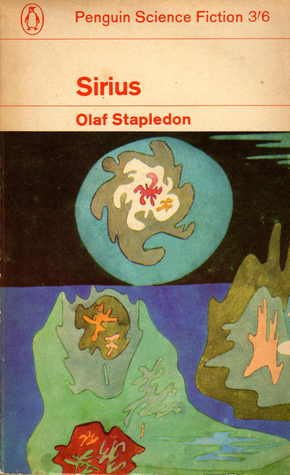RADIUM AGE ART (1929)
By:
October 26, 2024
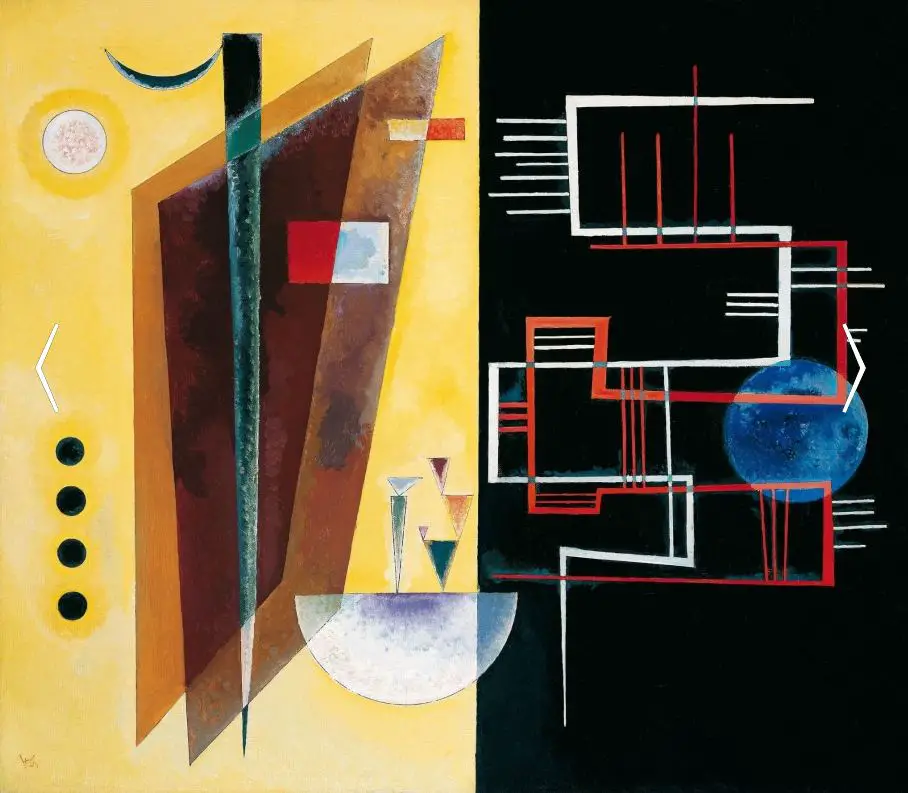
A series of notes regarding proto sf-adjacent artwork created during the sf genre’s emergent Radium Age (1900–1935). Very much a work-in-progress. Curation and categorization by Josh Glenn, whose notes are rough-and-ready — and in some cases, no doubt, improperly attributed. Also see these series: RADIUM AGE TIMELINE and RADIUM AGE POETRY.
RADIUM AGE ART: 1900 | 1901 | 1902 | 1903 | 1904 | 1905 | 1906 | 1907 | 1908 | 1909 | 1910 | 1911 | 1912 | 1913 | 1914 | 1915 | 1916 | 1917 | 1918 | 1919 | 1920 | 1921 | 1922 | 1923 | 1924 | 1925 | 1926 | 1927 | 1928 | 1929 | 1930 | 1931 | 1932 | 1933 | 1934 | 1935 | THEMATIC INDEX.
By the late 1920s, the numerous abstract artists who’d moved to France found themselves (as Pepe Karmel puts it) “fighting a rear-guard defense against surrealism, the new cutting edge of the avant garde.” Feeling the need to assert their preferred approach, they began to discuss creating a united front. Many of these artists banded together in groups like Art Concret, Cercle et Carré, and Abstraction-Création. The Cercle et Carré group was more inclusive, the Art Concret group more exclusive.
“Aeropainting” was launched in a manifesto of 1929, Perspectives of Flight, signed by the Italian Futurists Benedetta, Depero, Dottori, Fillìa, Marinetti, Prampolini, Somenzi and Tato (Guglielmo Sansoni). The artists stated that “The changing perspectives of flight constitute an absolutely new reality that has nothing in common with the reality traditionally constituted by a terrestrial perspective.”

Première of the Surrealist film Un Chien Andalou by Luis Buñuel and Salvador Dalí, in Paris.
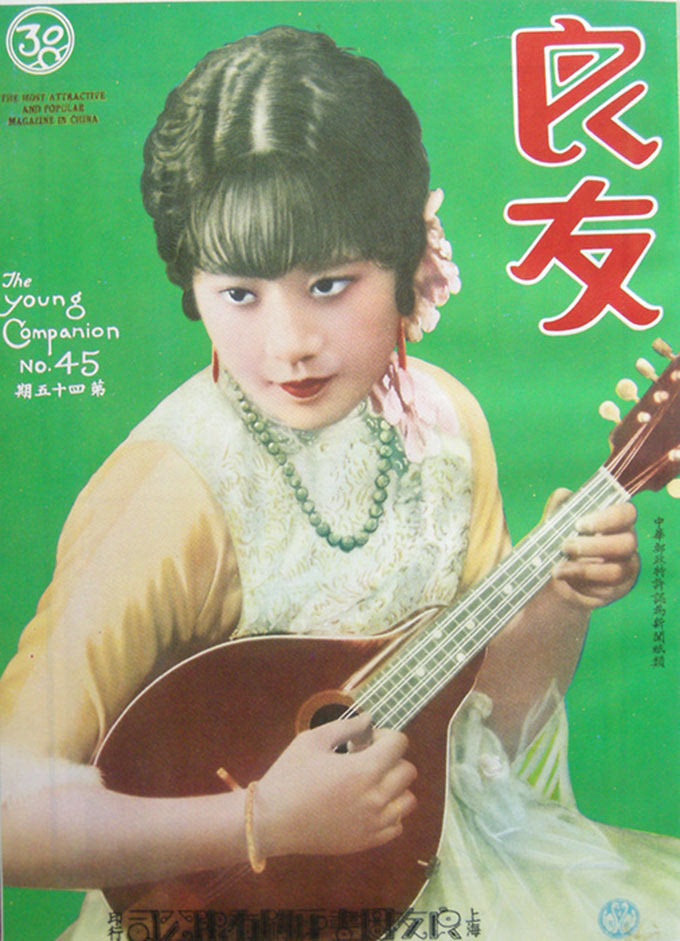
The Museum of Modern Art opens in New York City. An exhibit, “Cézanne, Gauguin, Seurat and van Gogh”, at the new museum attracts 47,000 visitors.
Einstein’s “Unified Field Theory.”
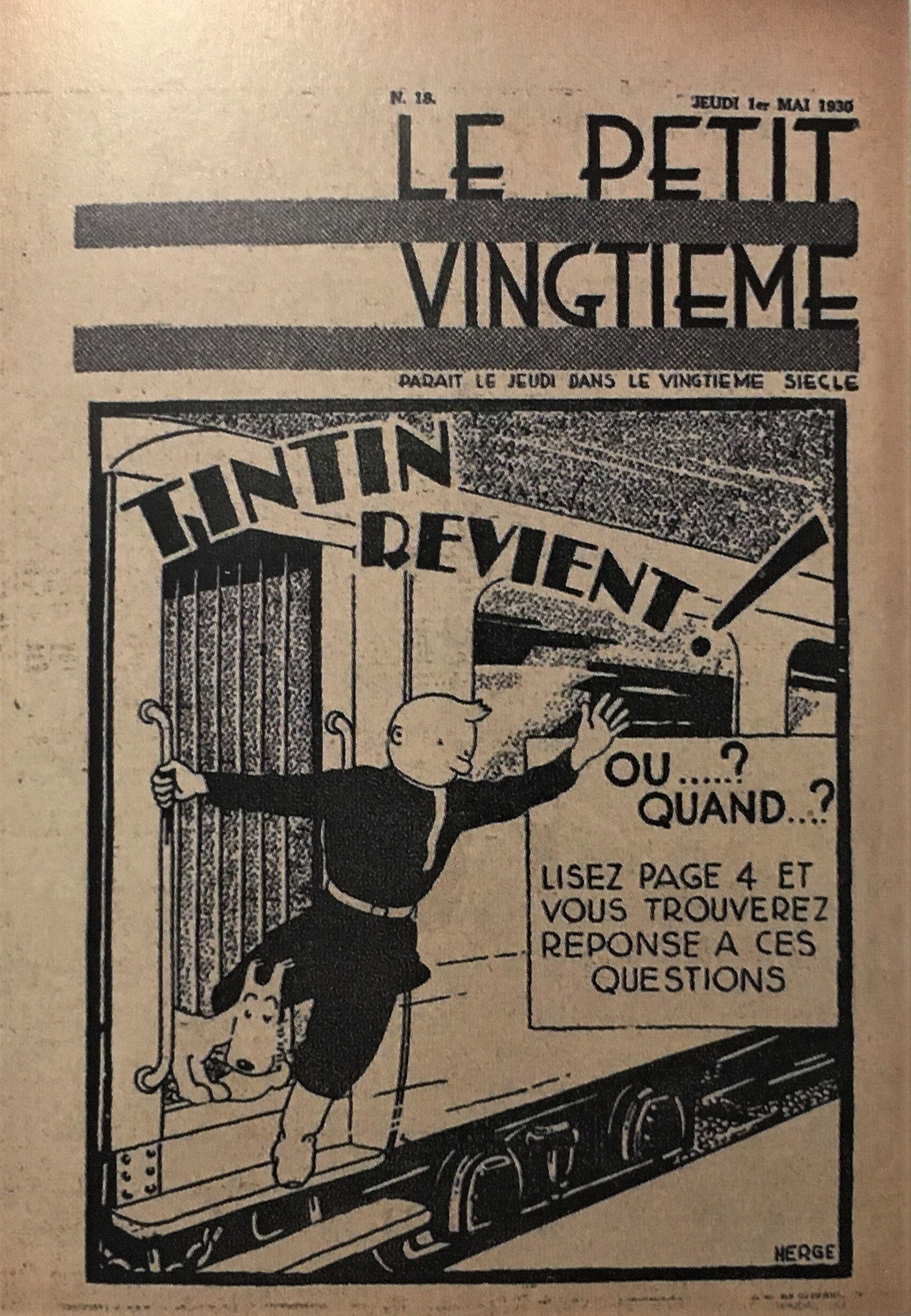
First appearance of Hergé’s Belgian comic book hero Tintin.
“Black Friday” in US — Stock Exchange collapses.

The comic strip Buck Rogers first appears. The first non-humorous science fiction comic strip, it was based on a story published that year in Amazing Stories.
Fritz Lang’s movie Frau im Mond (Woman in the Moon) introduces the idea of counting down the time to a rocket launch.
Also see: RADIUM AGE: 1929.
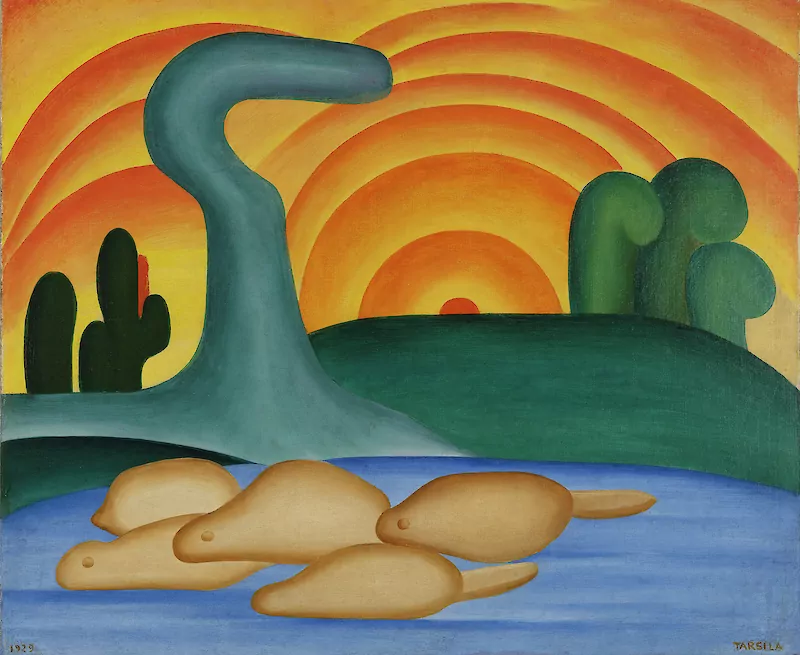
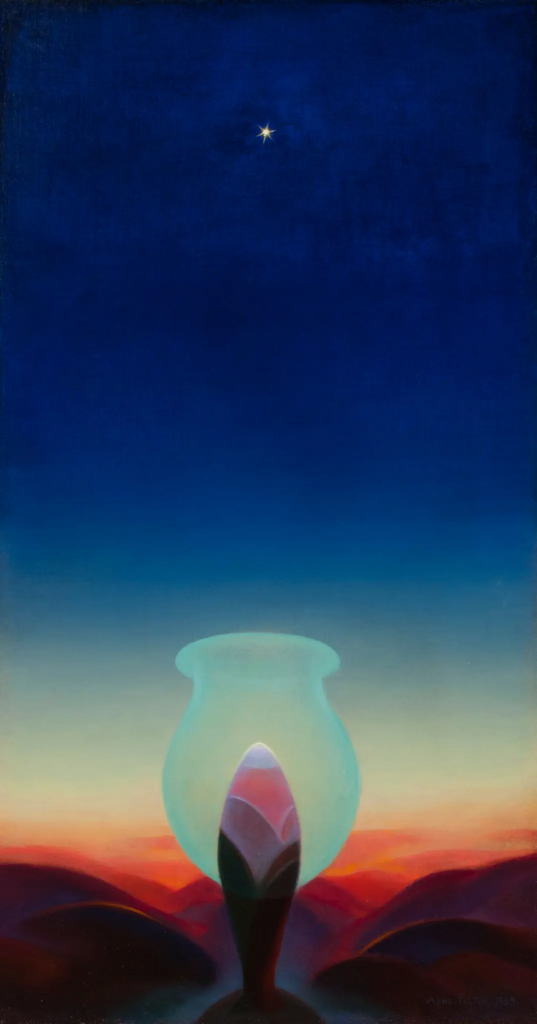
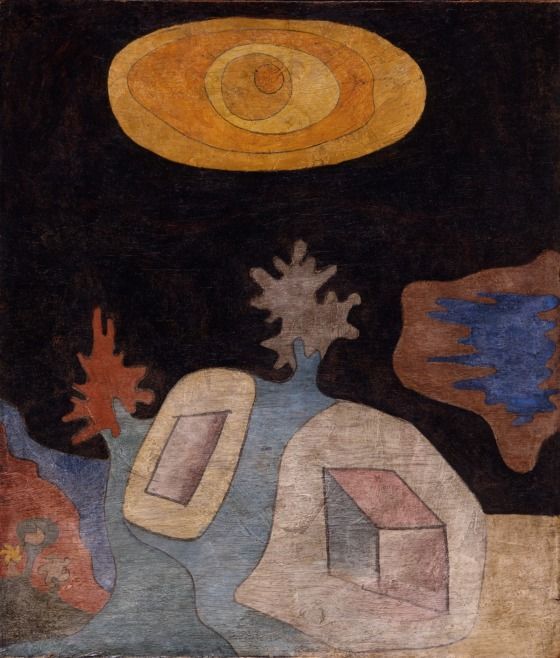
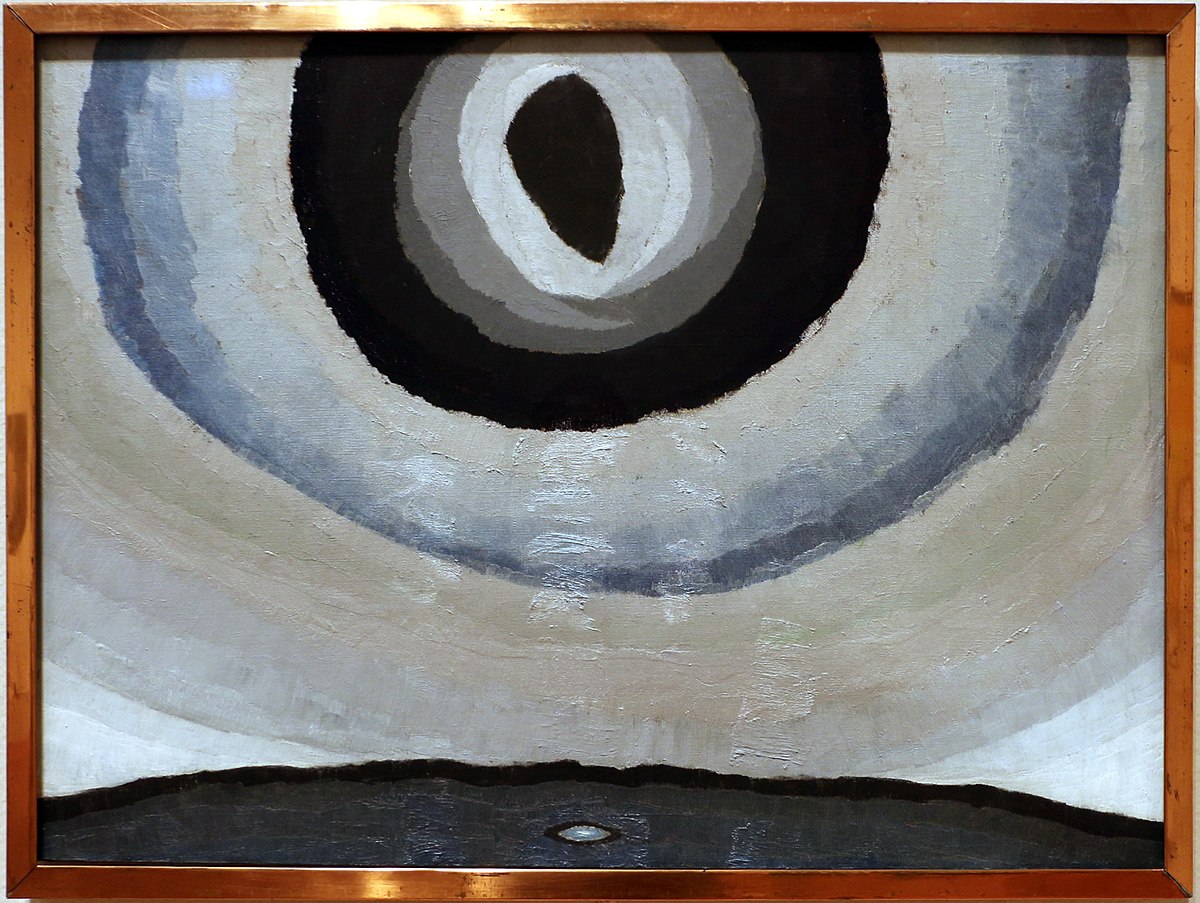

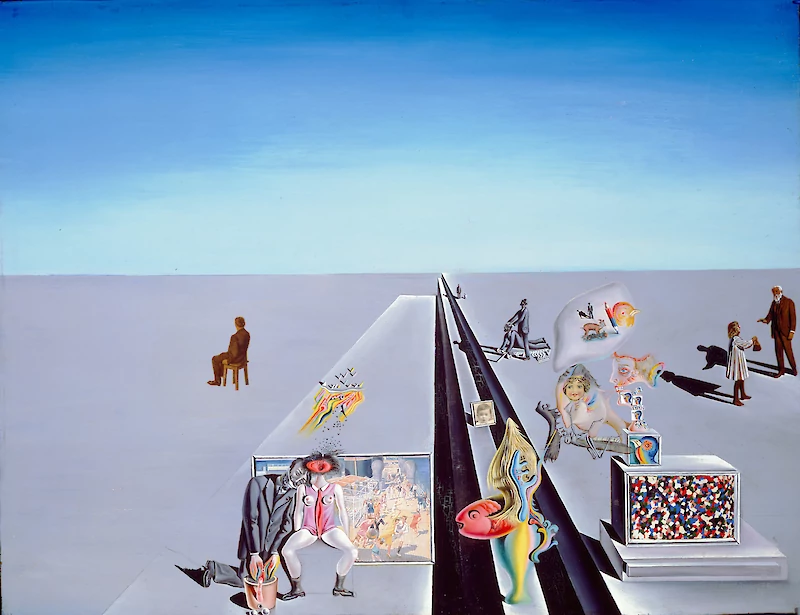
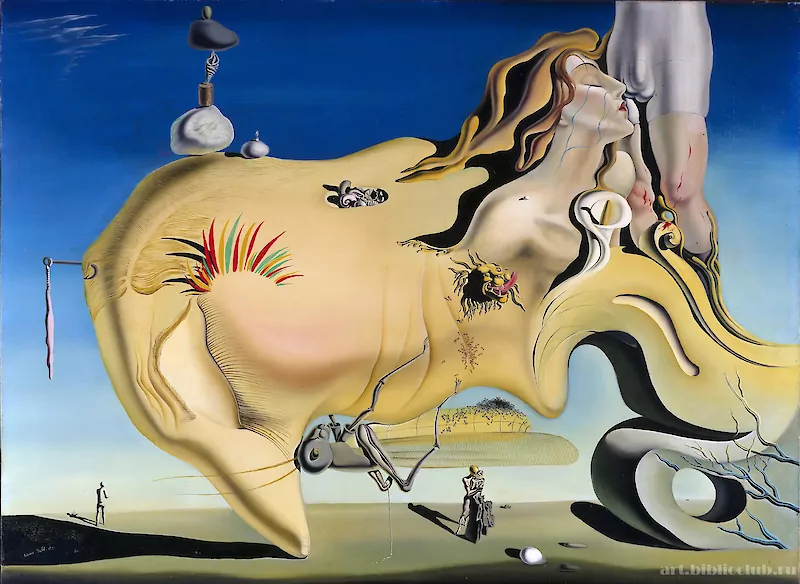
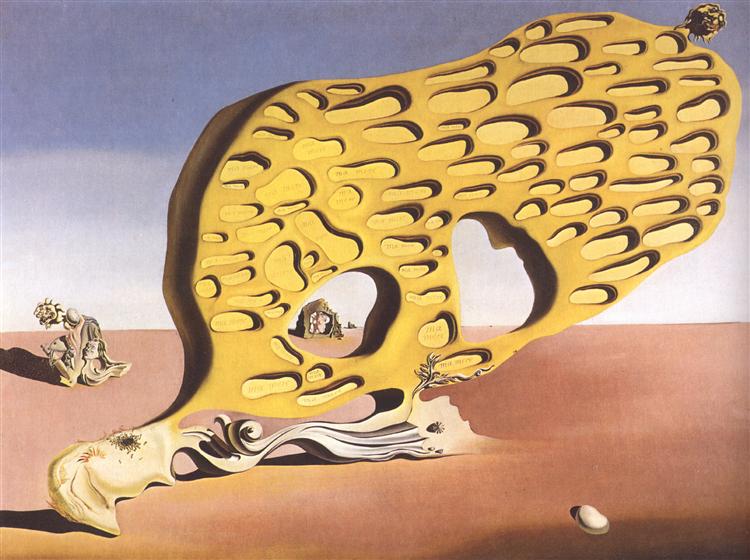
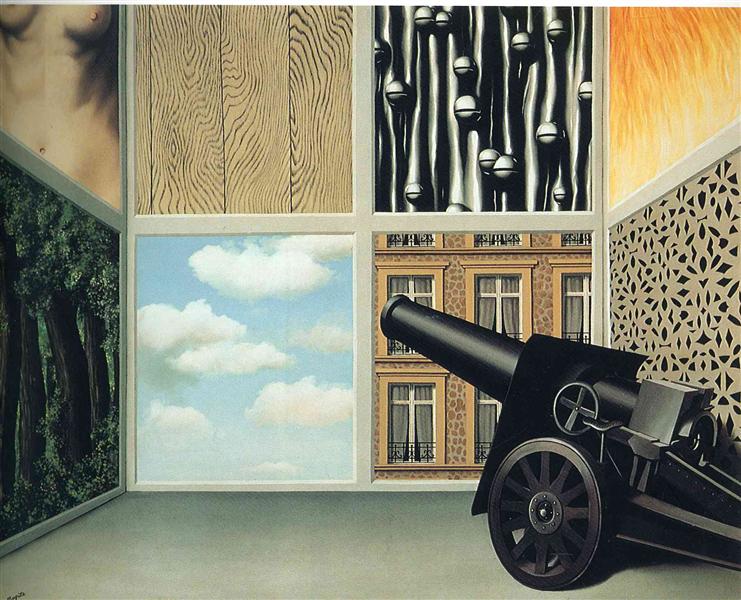
On the Threshold of Liberty (in French, Au seuil de la liberté) refers to two oil on canvas paintings by the Belgian surrealist René Magritte. The work depicts a large room with the walls paneled with different scenes or windows. Each panel reveals a different subject: a sky, fire, wood, a forest, the front of a building, an ornamental pattern, a female torso and a strange metallic texture featuring spherical bells (a common Magritte element). Inside the room is a cannon.
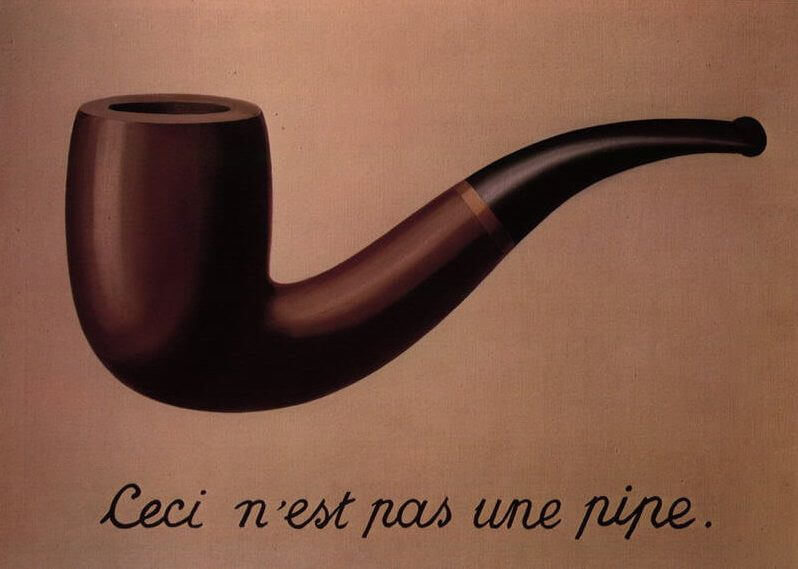
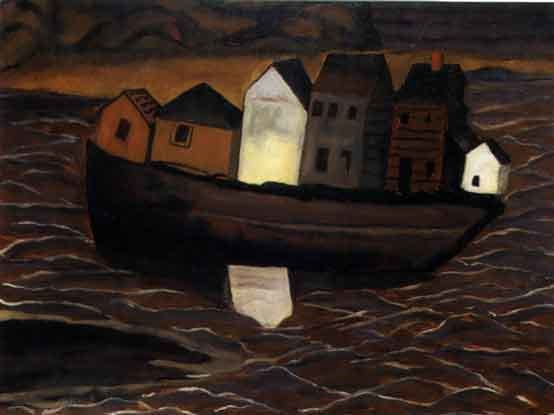
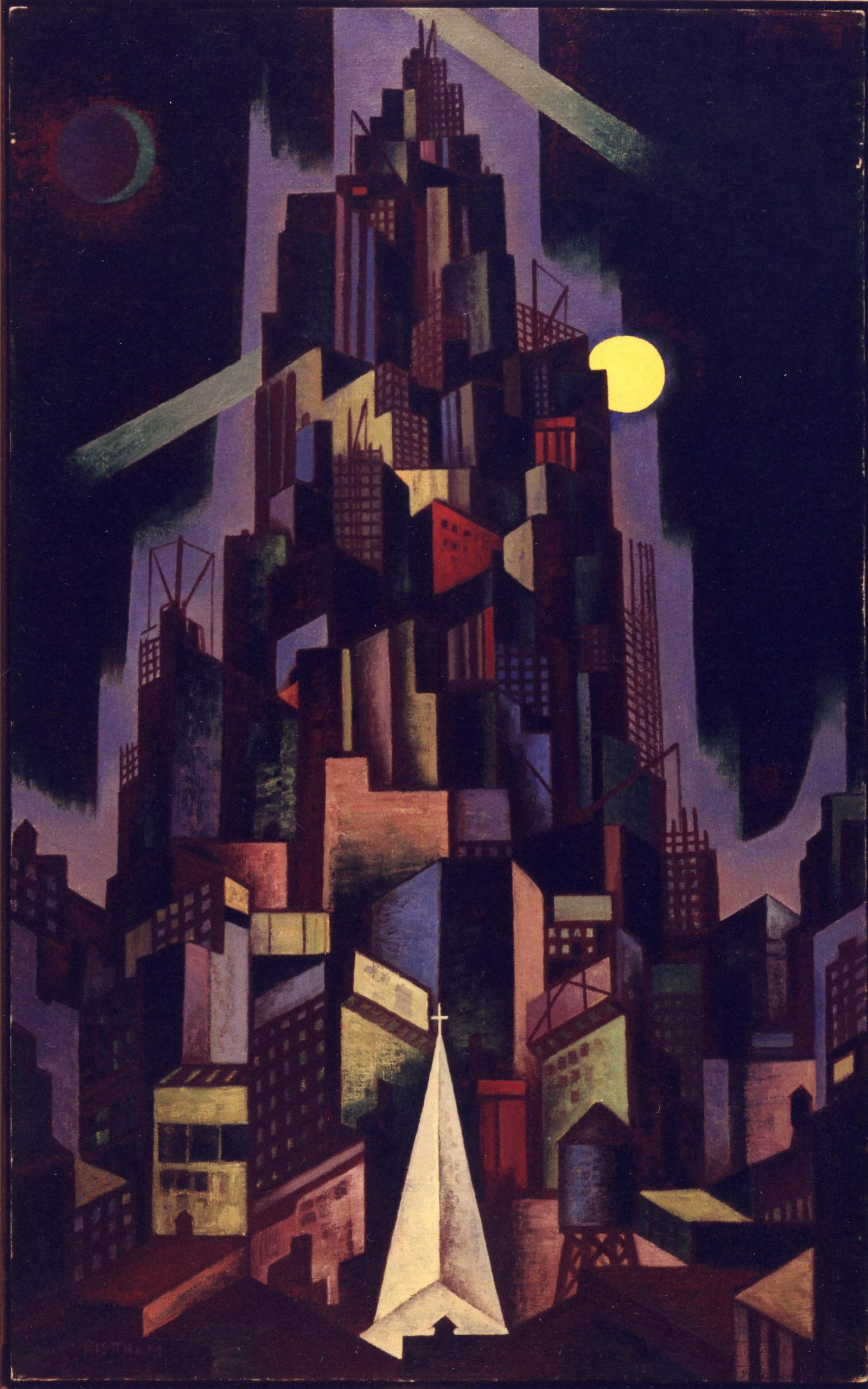
Emil Bisttram’s artistic career is of special interest because of the fascinating array of spiritual, philosophical, and scientific traditions he brought to bear on his painting. Profoundly spiritual and convinced that all intellectual disciplines lead to divine truth, Bisttram enriched his compositions with references to such varied subjects as electricity, rebirth, the growth of plants, the healing power of the dance, planetary forces, the fourth dimension, and the male and female principles of nature.
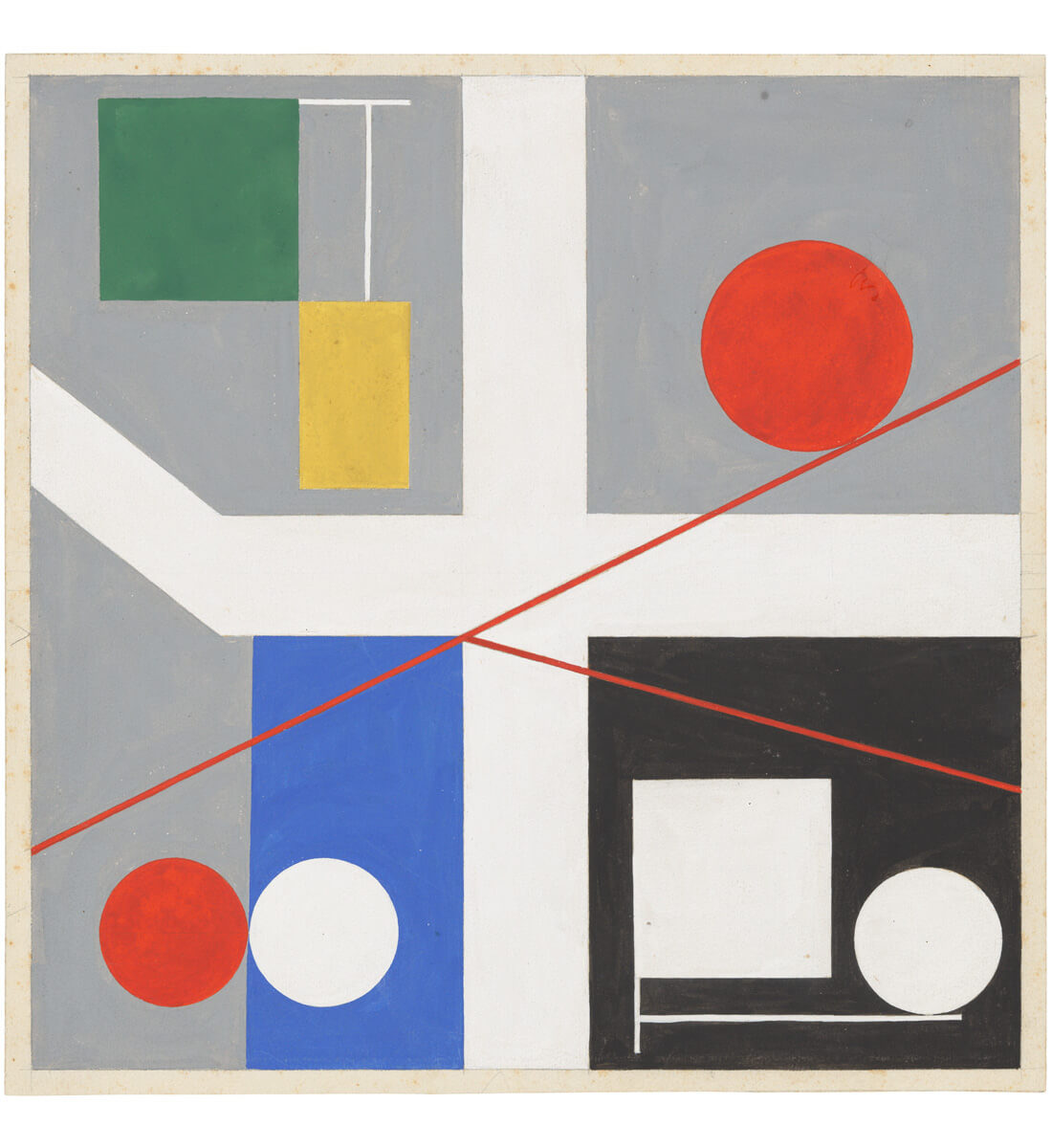
In 1929, Hans Arp and Sophie Taeuber-Arp left Zurich for Paris, Europe’s more fashionable art hub, and they soon fell in with a group of artists similarly exploring non-figurative art, including Joan Miró, Wassily Kandinsky, and Marcel Duchamp. Taeuber-Arp joined two artists groups: Cercle et Carré and Abstraction-Création. She also edited the short-lived Constructivist review Plastique/Plastic.
During that period she created some of her strongest work in abstract painting and painted reliefs. The works almost all feature perfect circular and rectangular forms depicted in primary colors cast against monochromatic backgrounds. The mood is calm, uncluttered and the focus is on color.
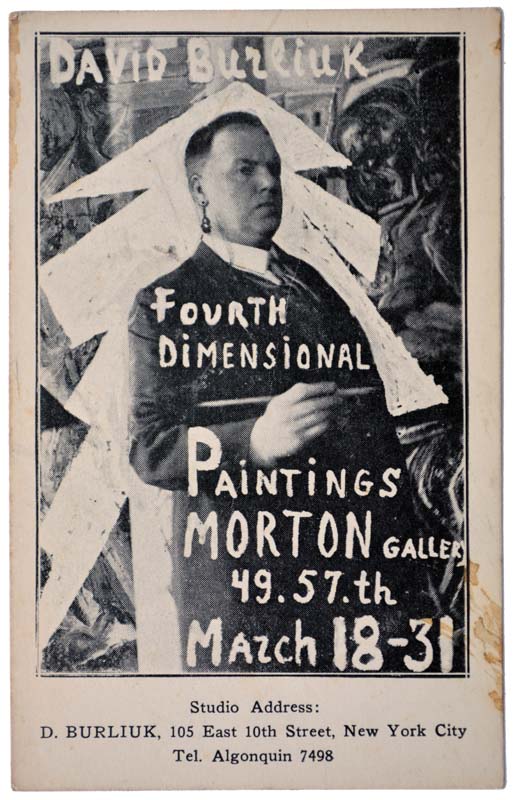
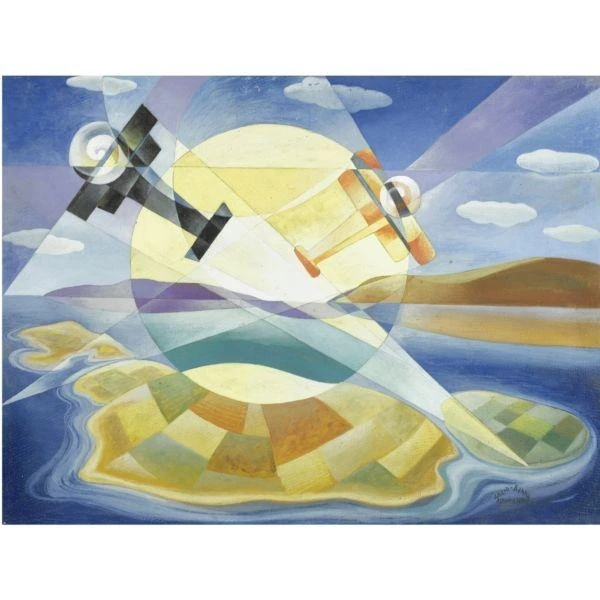
Giulio d’Anna’s “Aeropittura+Paesaggio (=Volo sulle Eolie)” (1929)
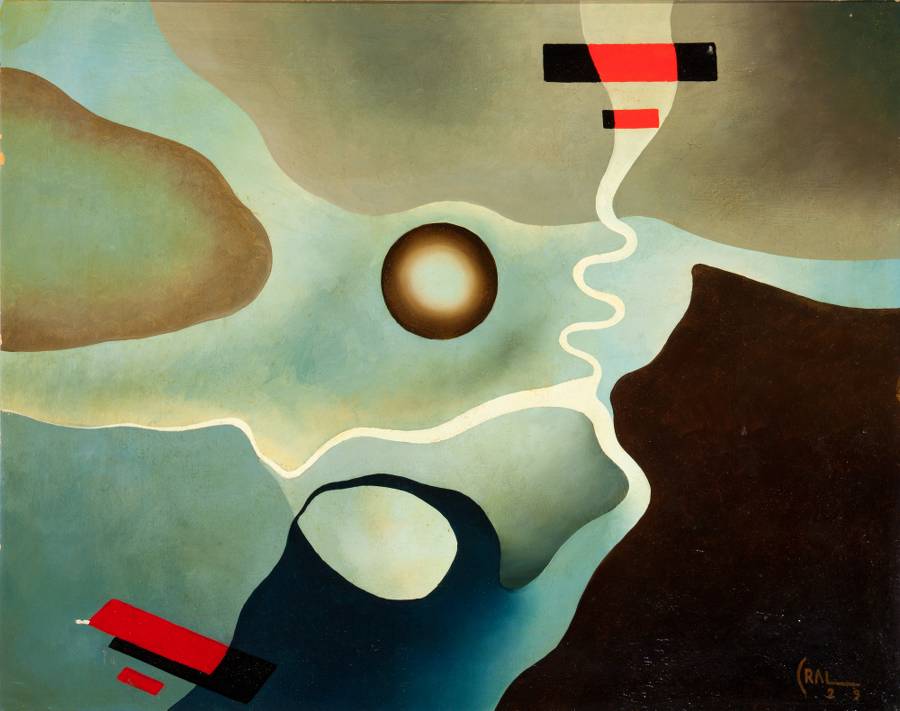
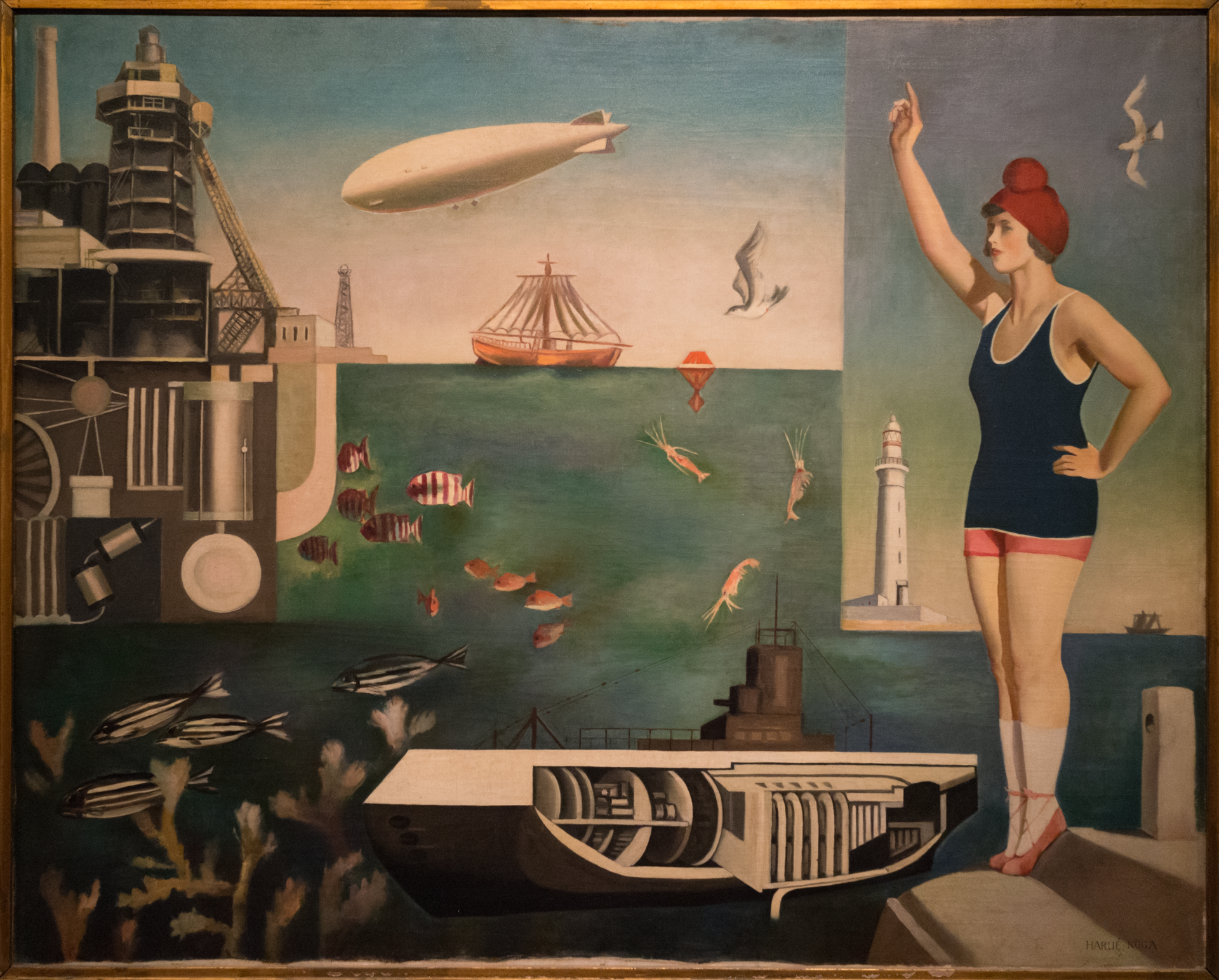
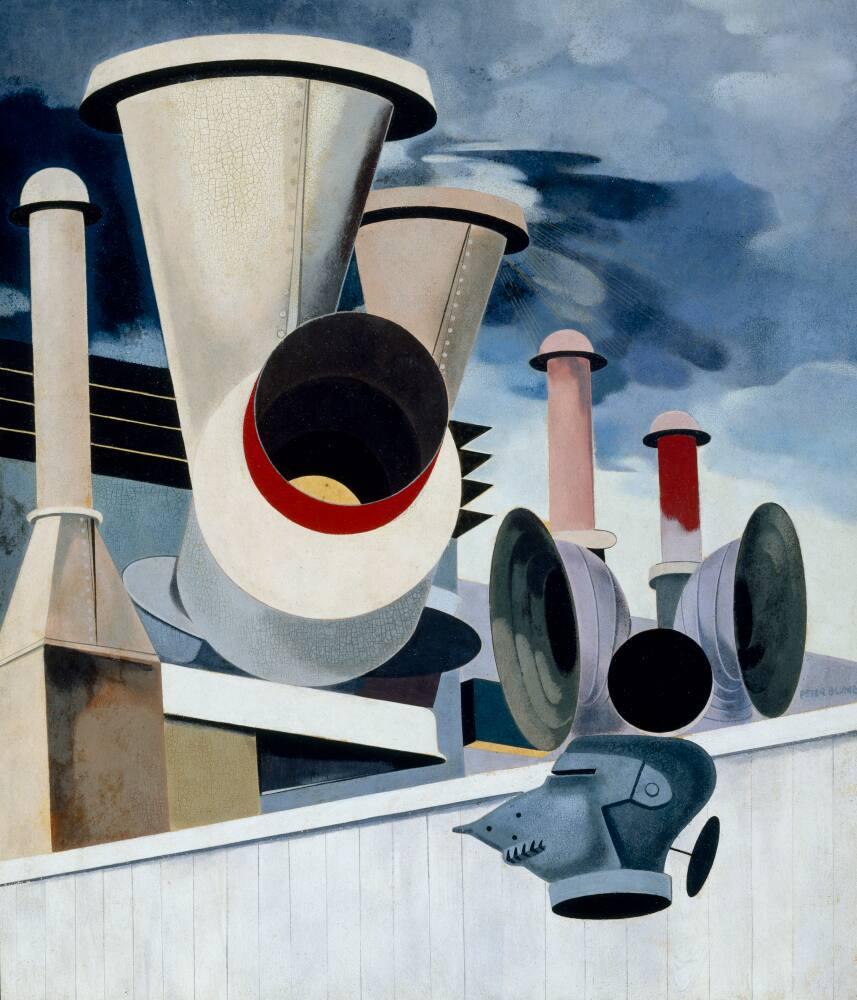
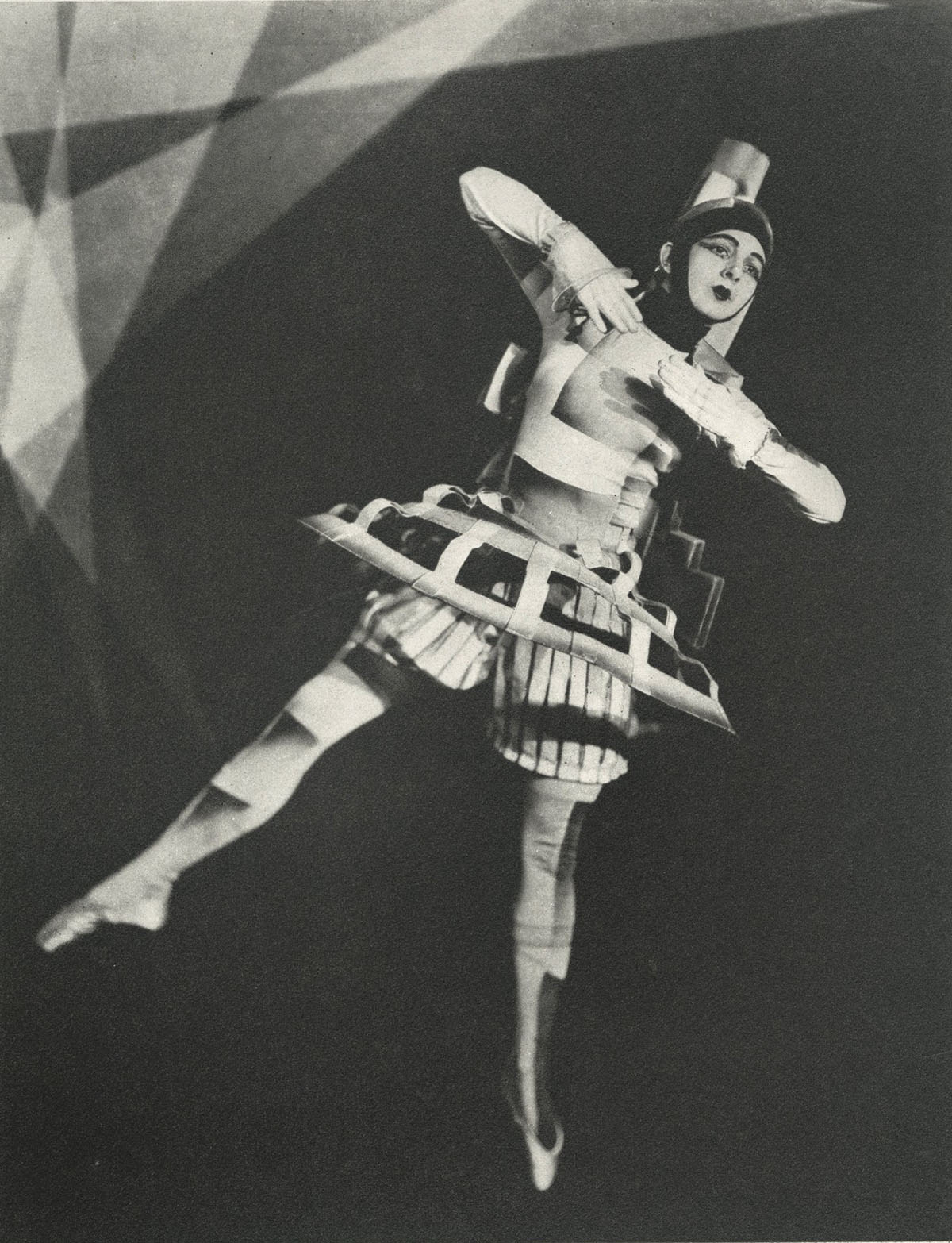
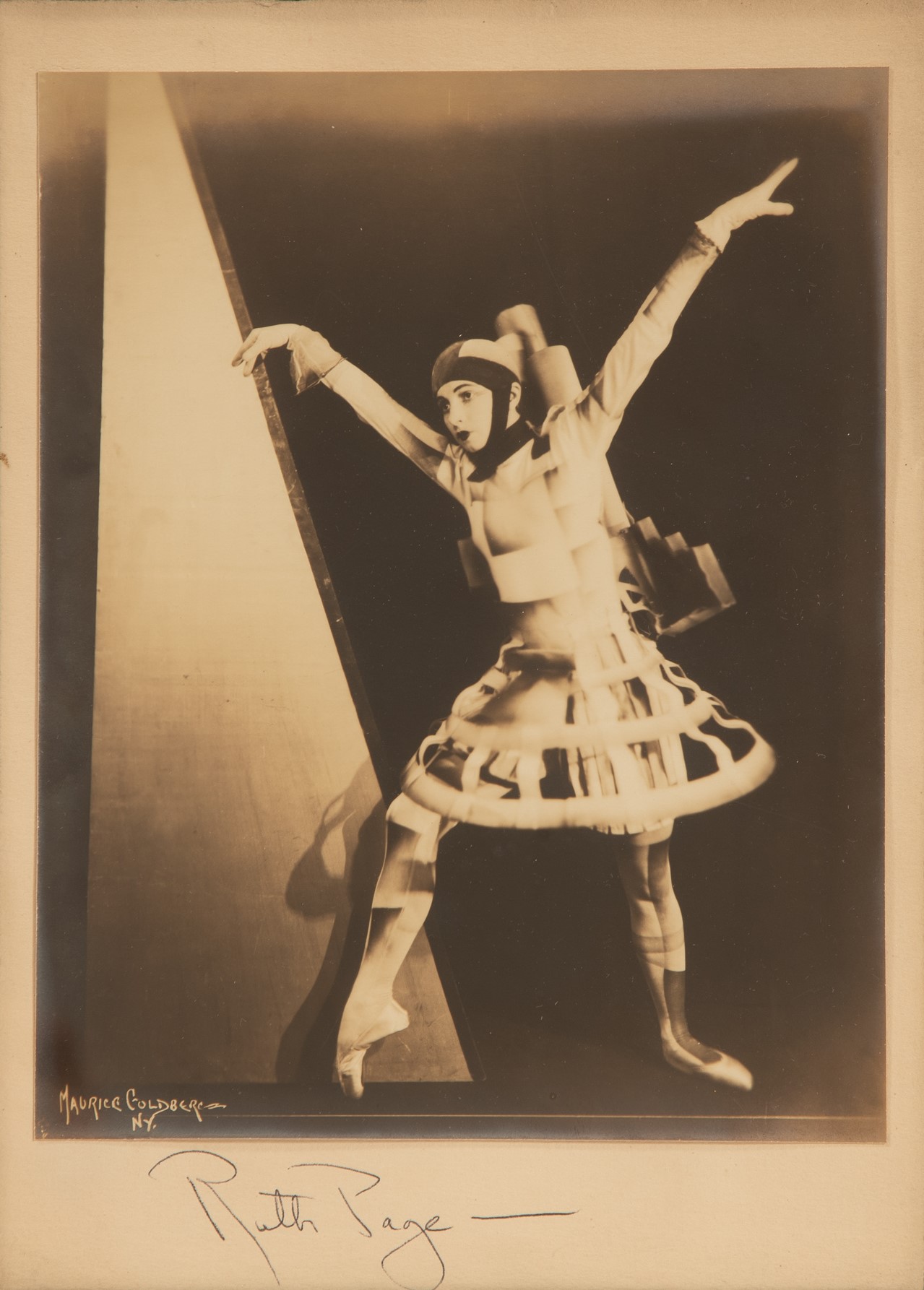
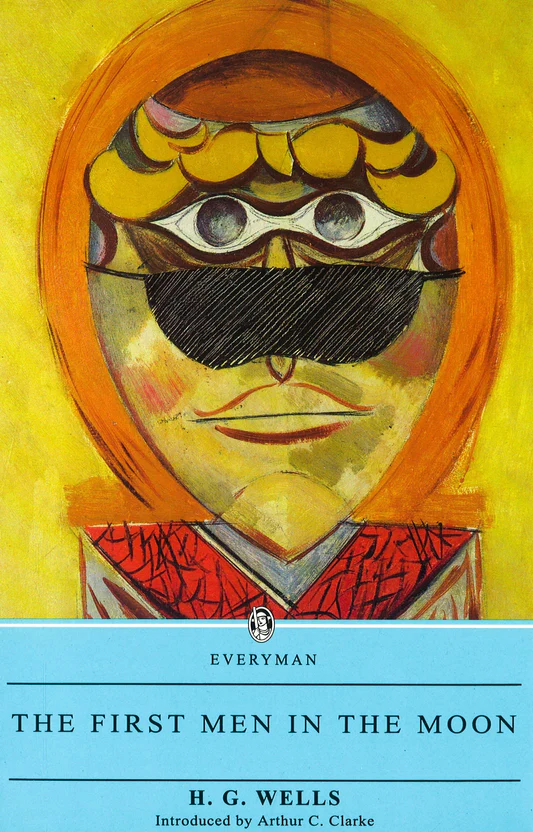
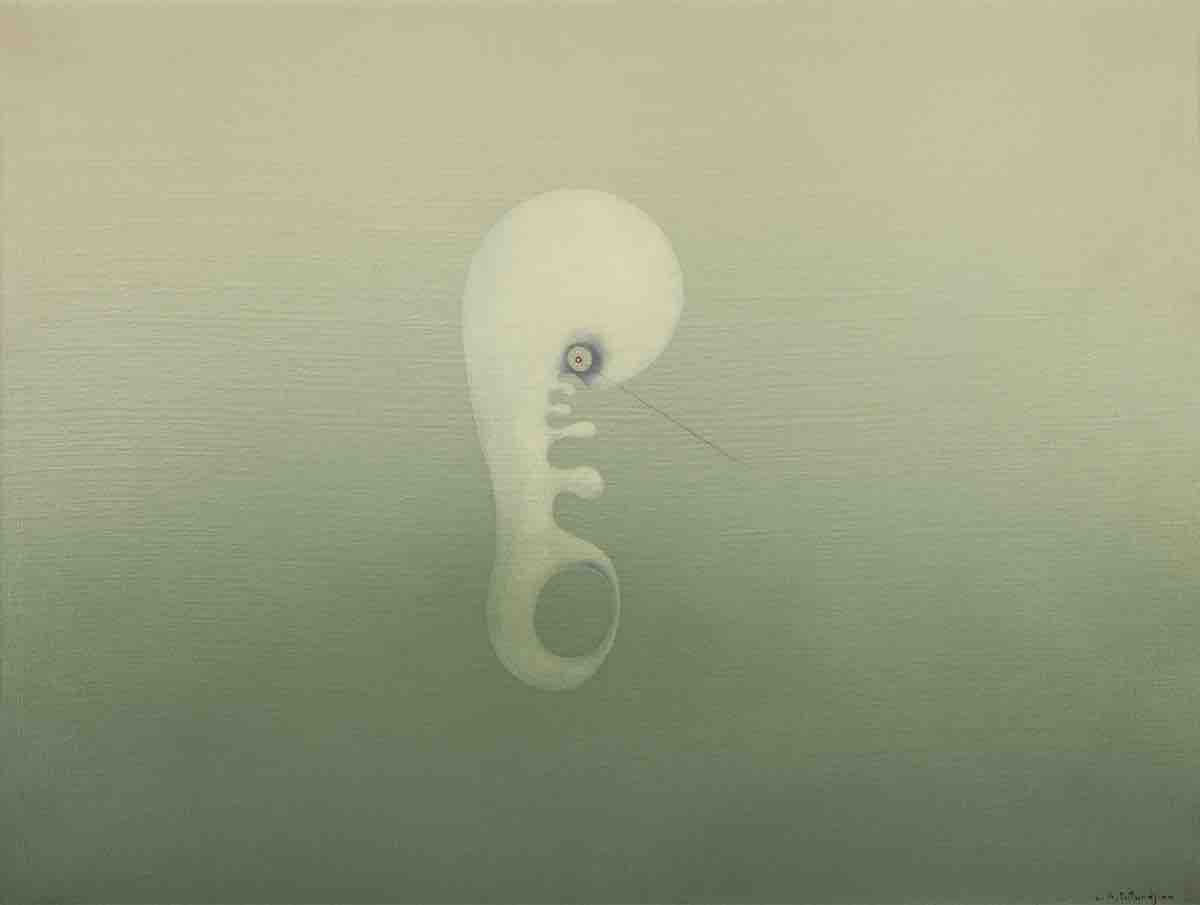
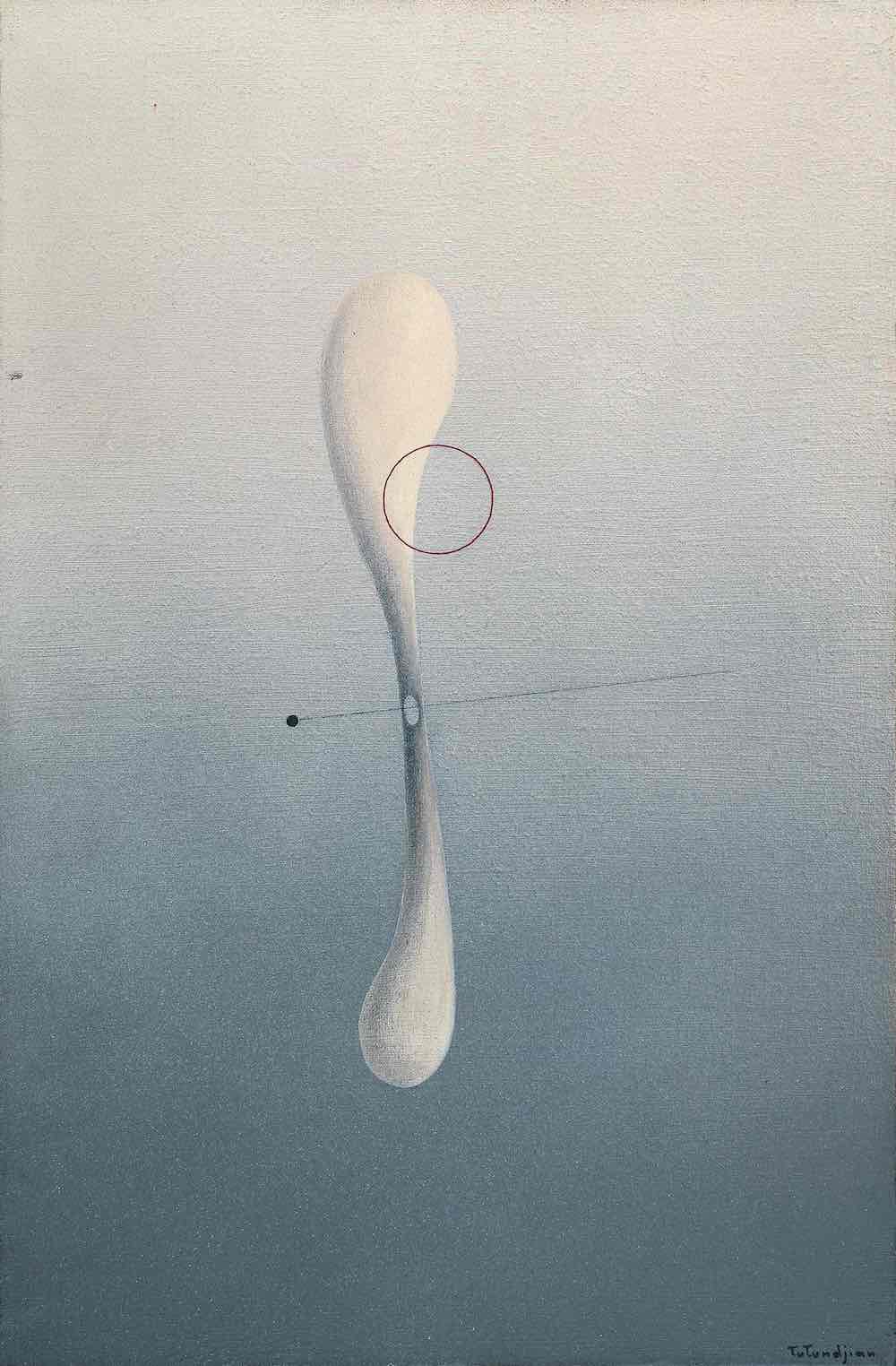
Pepe Karmel credits the French-Armenian artist Tutundjian with reviving the embryo theme that before WWI represented spiritual rebirth for some artists, but which had vanished after the war.
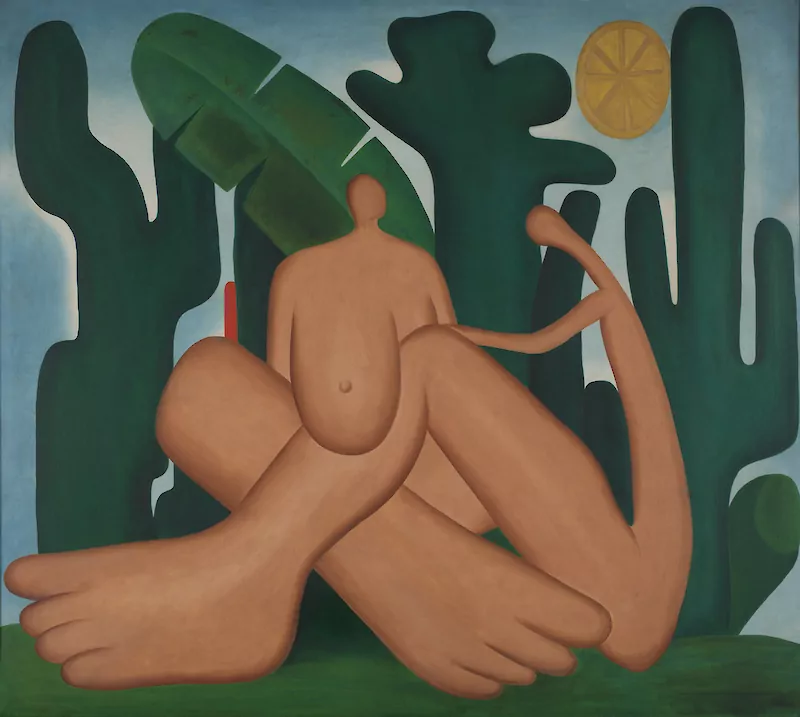
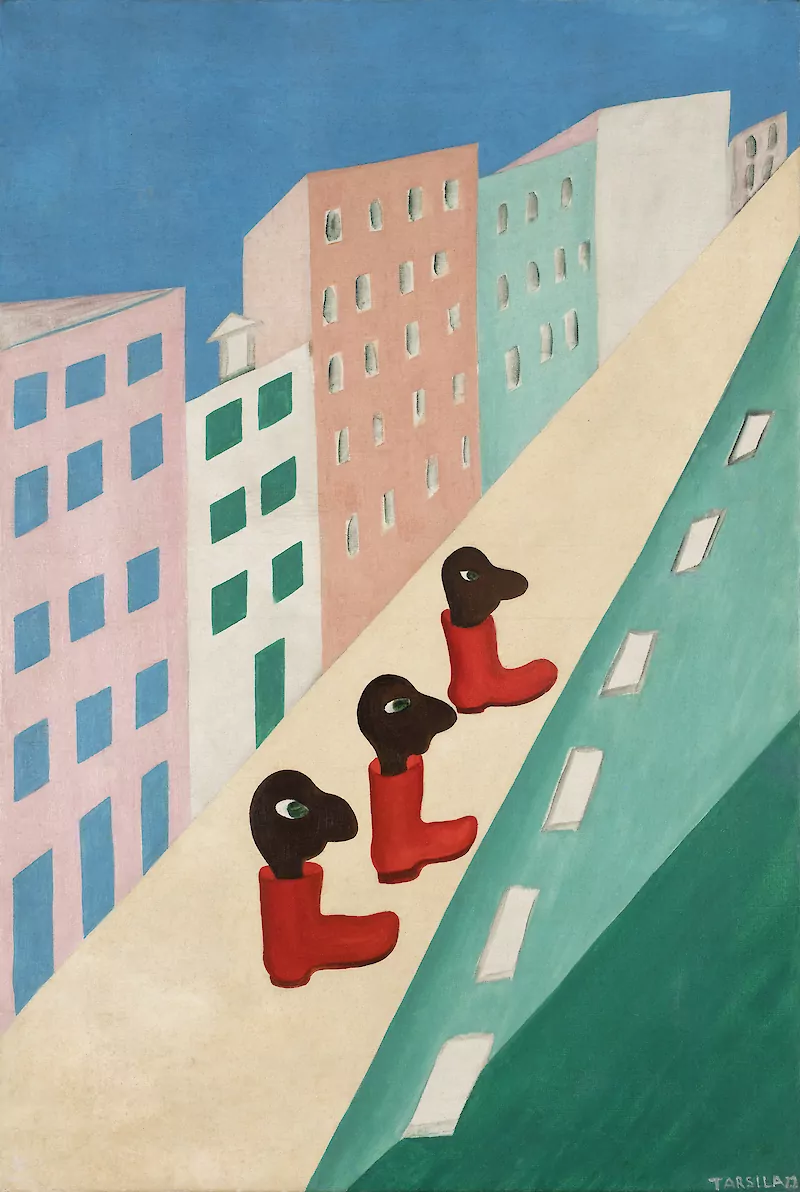
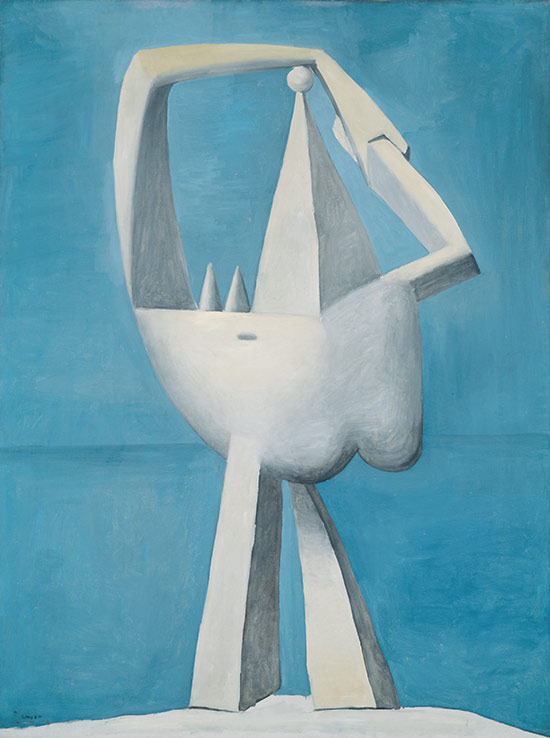
In the 1920s Picasso developed a new kind of “curvilinear cubism” that — along with Arp’s new abstract motif, the blob — acted as a catalyst for the figural abstraction of the 1930s, in which the body (as Pepe Karmel points out) returns to its primal, embryonic state. Curvilinear cubism became the vehicle for the extension of embryonic imagery into “totemic,” tribal-style imagery.
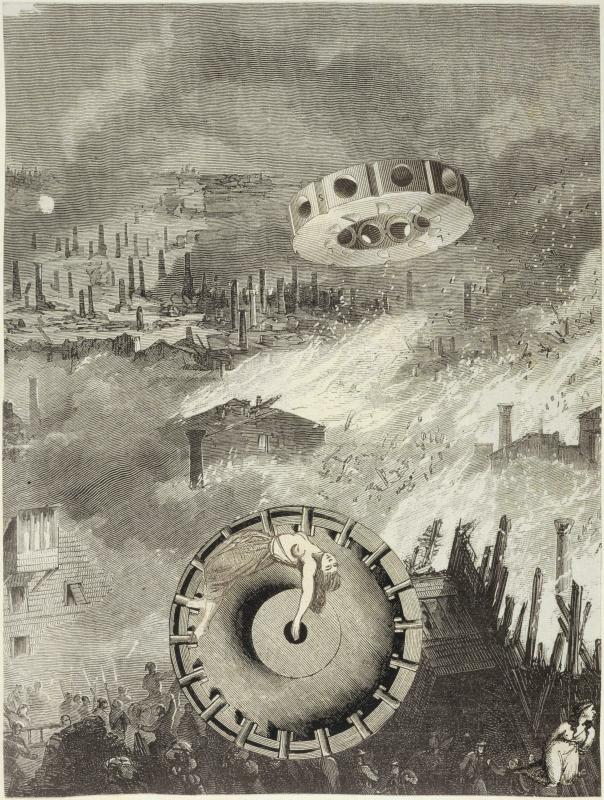
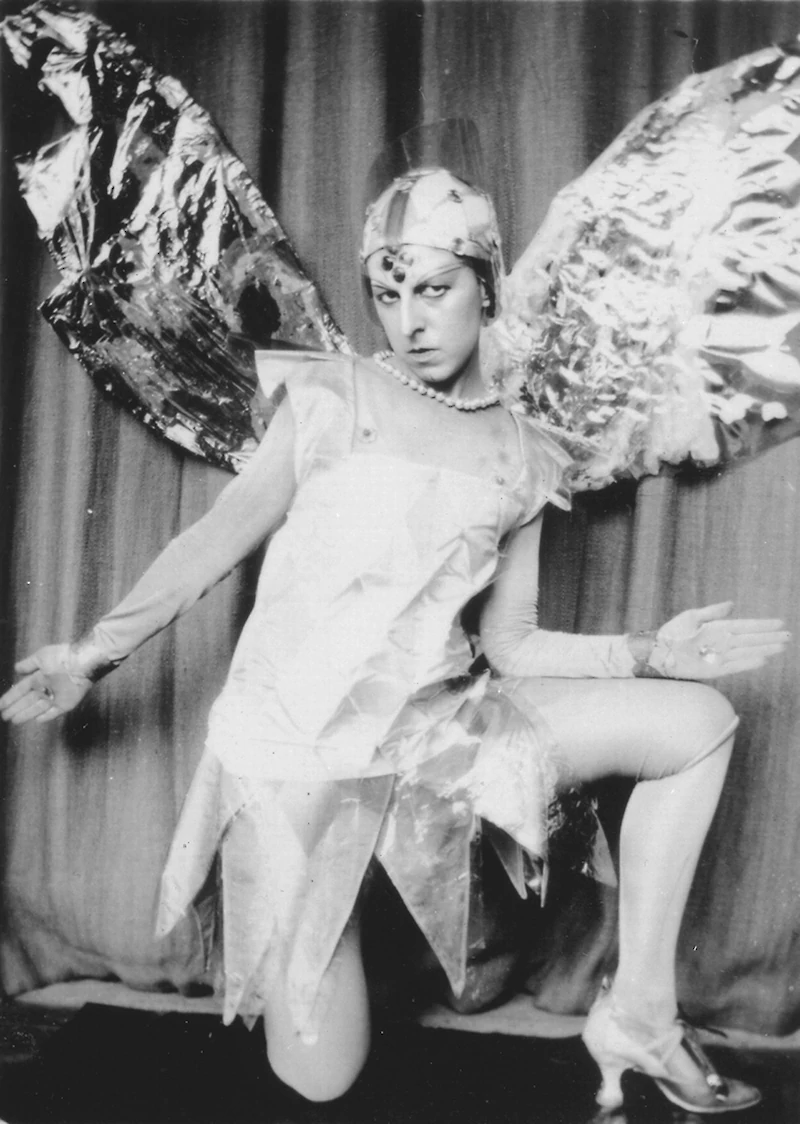
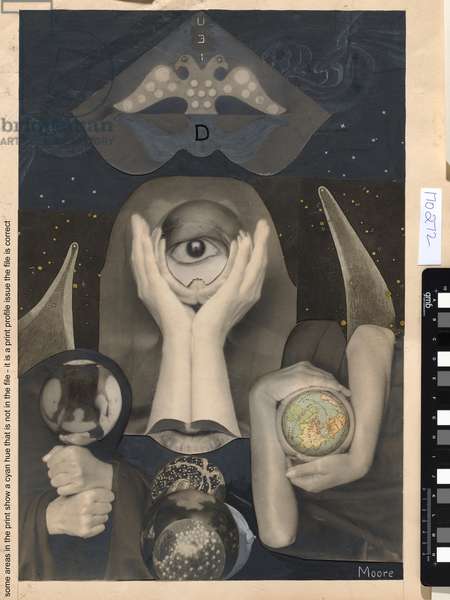
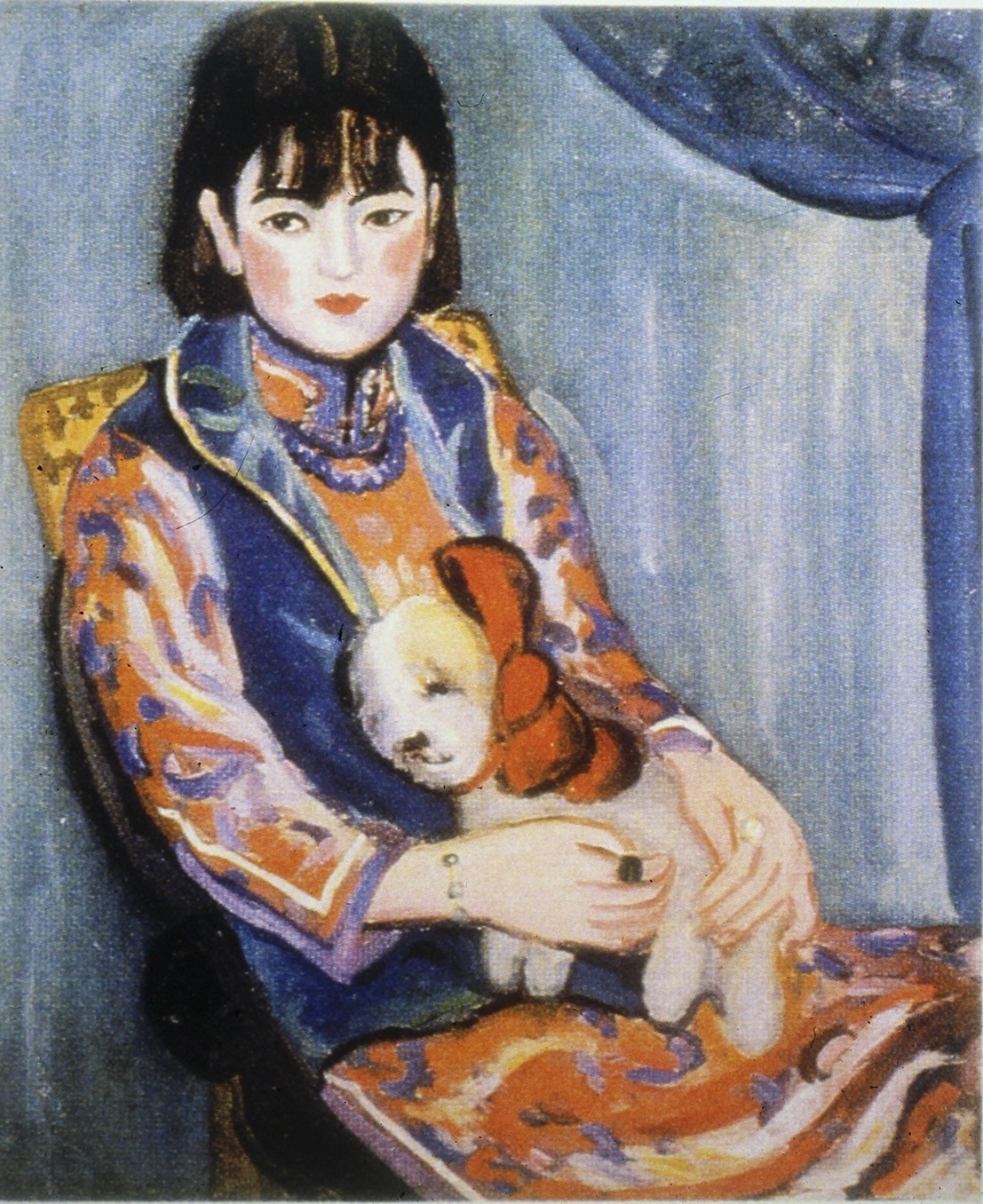
Guan Zilan was deeply influenced by Fauvism, while applying Western avant-garde painting style to traditional Chinese subjects. Her oil paintings use a high degree of simplification and abstraction, with rich contrasting colors. In Portrait of Miss L. (1929), her most famous work, she painted a modern woman in a Chinese qipao dress with a dog on her lap. Rather than painting an image of likeness, she turned the picture into a visual play by using broad strokes and vivid, flatly applied colours.
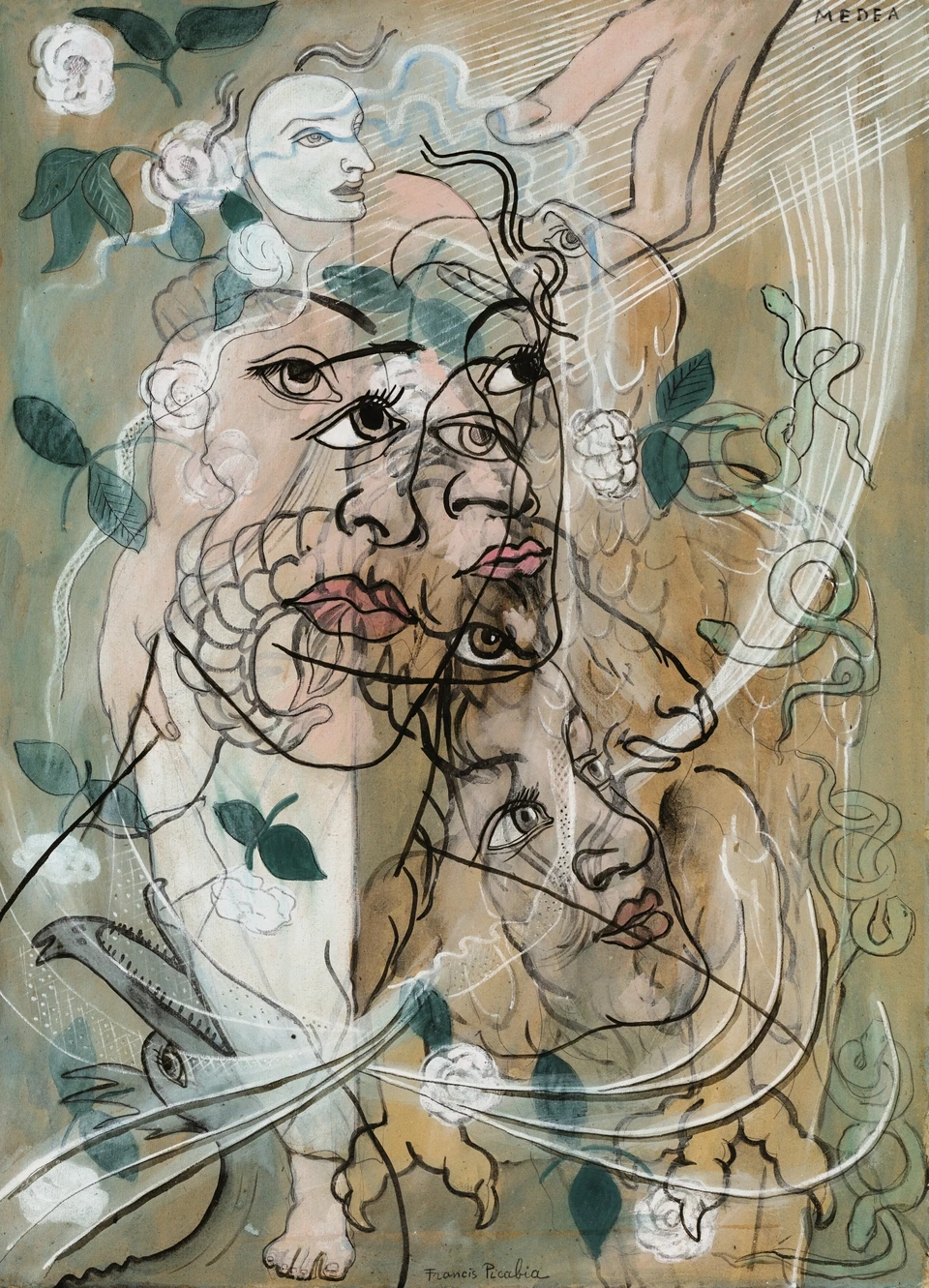
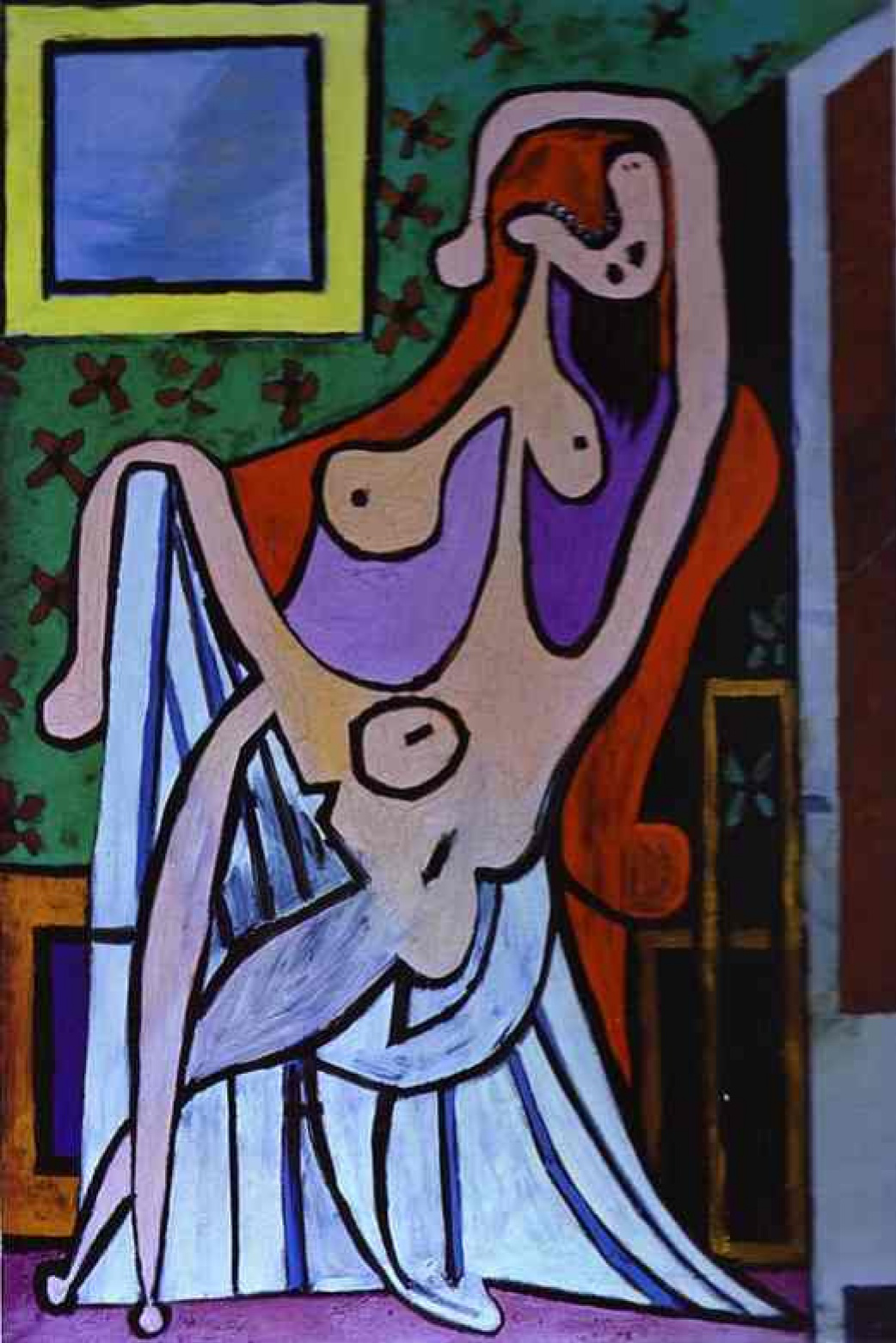
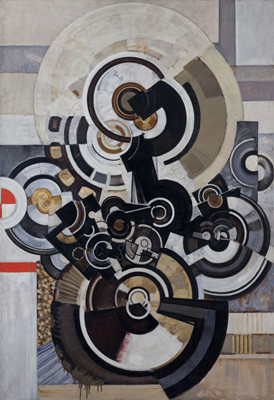

See below for an example of this art work used to illustrate a science fiction book cover.
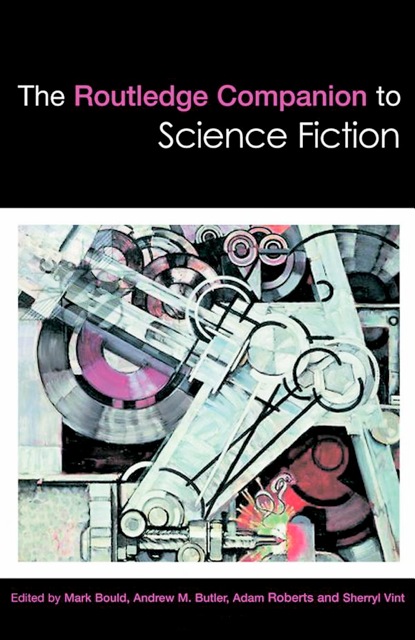
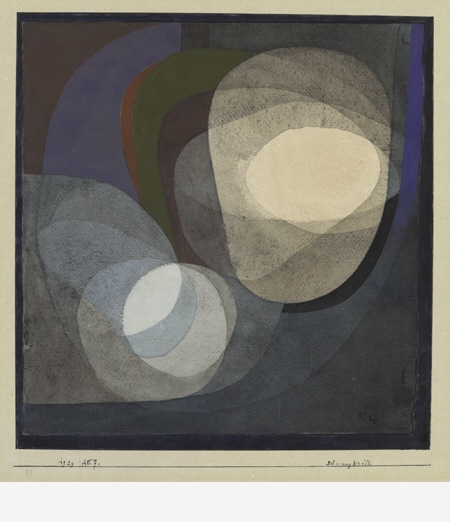
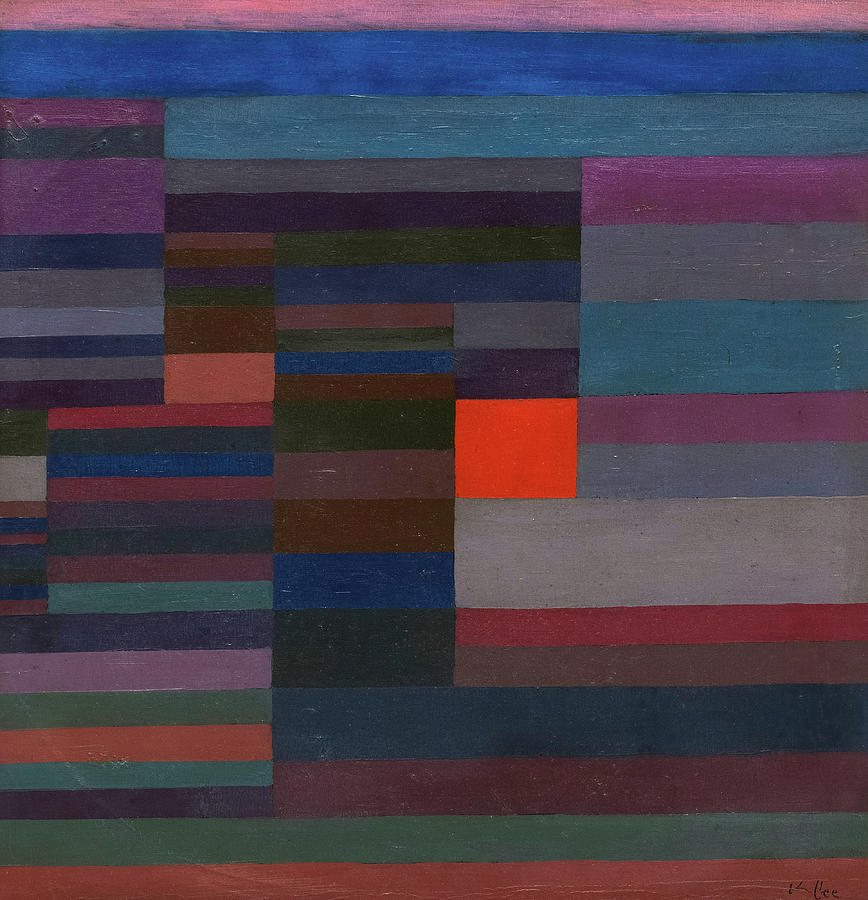
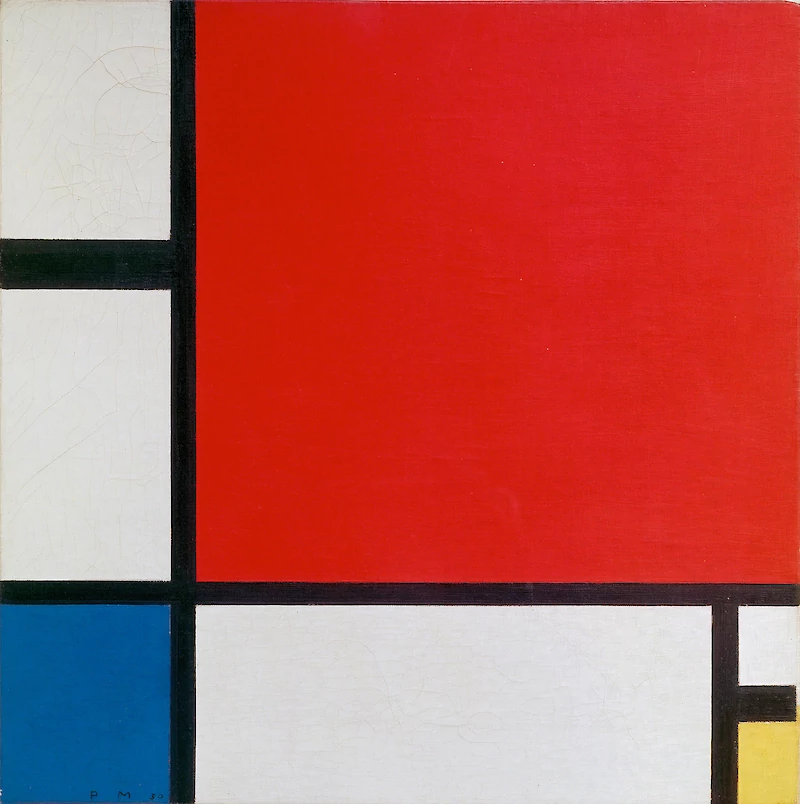
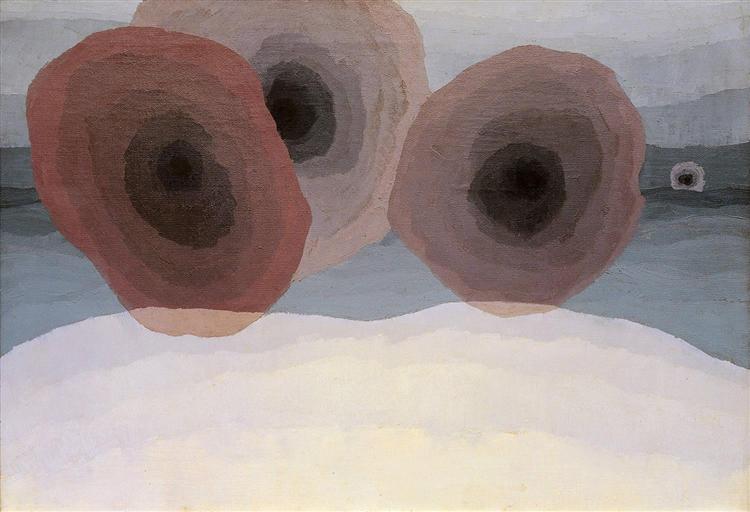




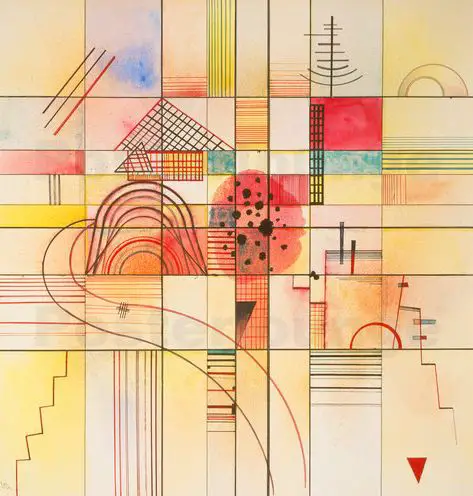
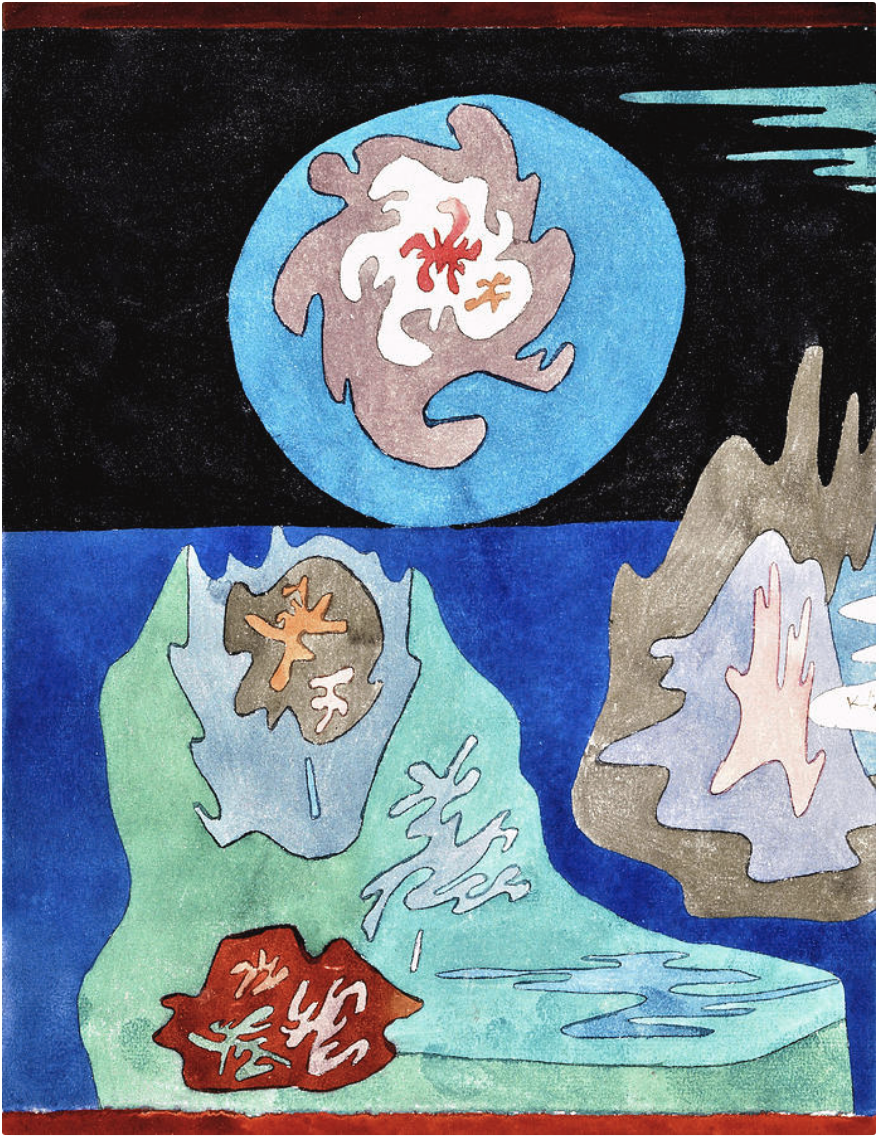
In 1963, Penguin left behind their distinct colour-coded cover designs, launching a series of sci-fi books featuring abstract and surrealist works of modern artists such as Max Ernst, Yves Tanguy, René Magritte, among others. The pairings held subtle connections between the art and the novel’s contents, allowing the reader to draw their conclusions. This painting was used for a new edition of Olaf Stapledon’s Sirius.
Also:
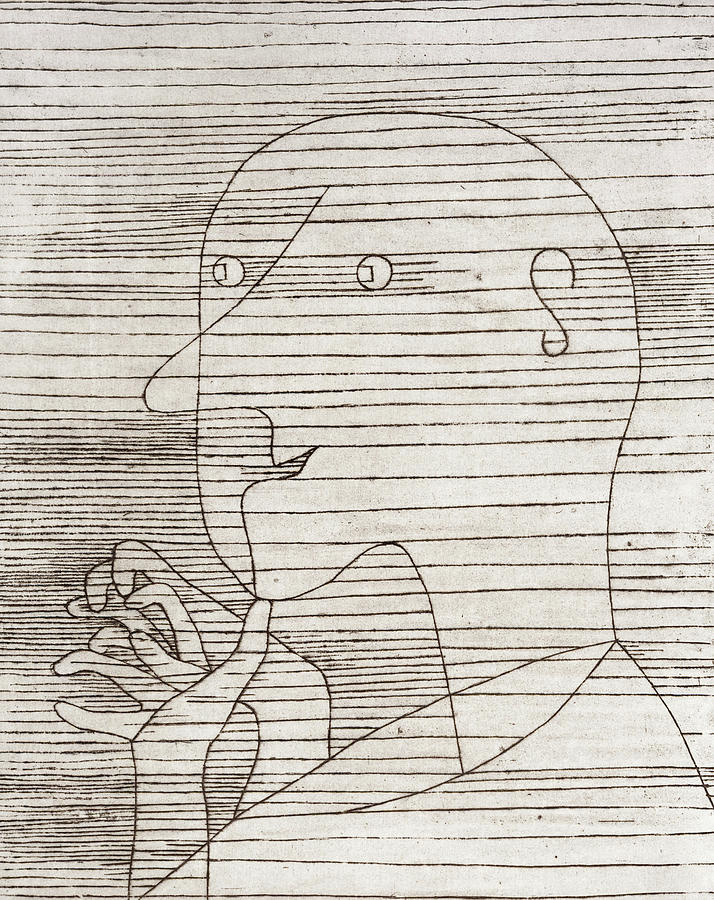
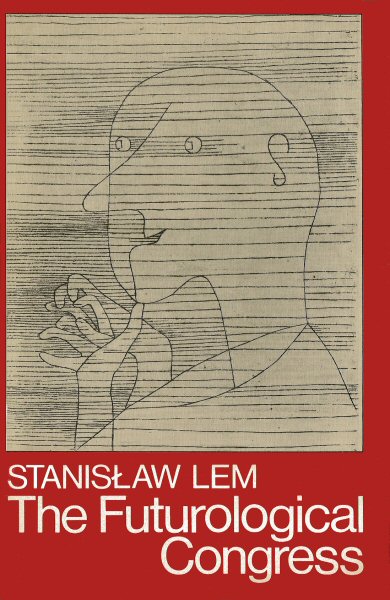
MORE RADIUM AGE SCI FI ON HILOBROW: RADIUM AGE SERIES from THE MIT PRESS: In-depth info on each book in the series; a sneak peek at what’s coming in the months ahead; the secret identity of the series’ advisory panel; and more. | RADIUM AGE: TIMELINE: Notes on proto-sf publications and related events from 1900–1935. | RADIUM AGE POETRY: Proto-sf and science-related poetry from 1900–1935. | RADIUM AGE 100: A list (now somewhat outdated) of Josh’s 100 favorite proto-sf novels from the genre’s emergent Radium Age | SISTERS OF THE RADIUM AGE: A resource compiled by Lisa Yaszek.

